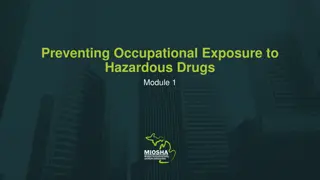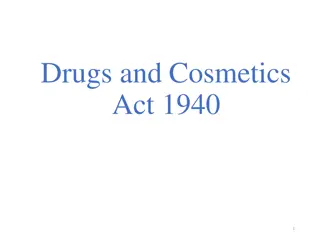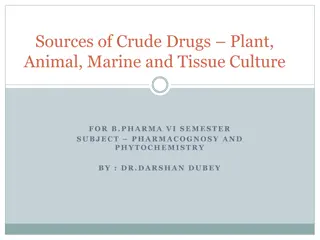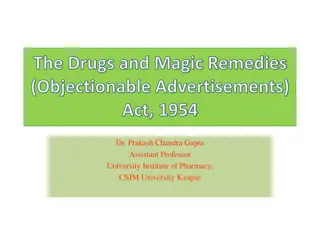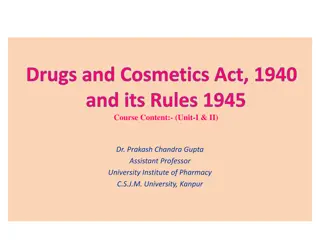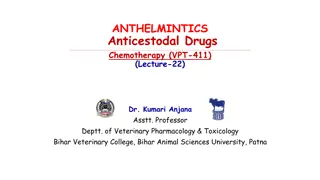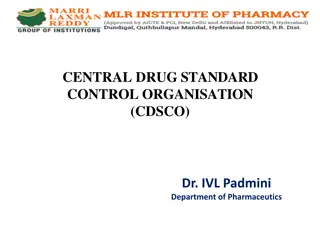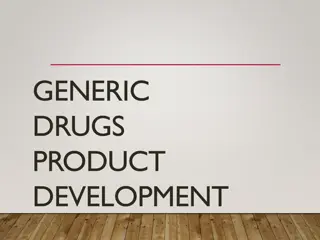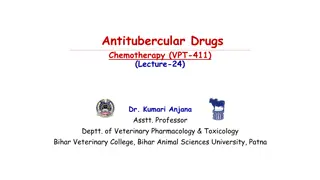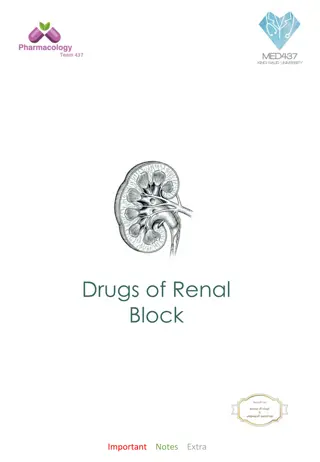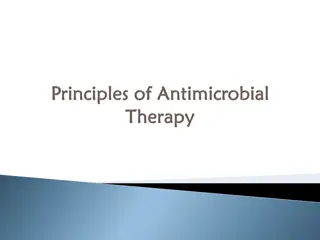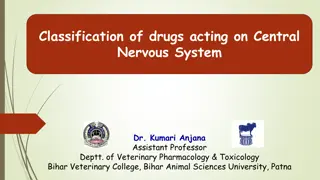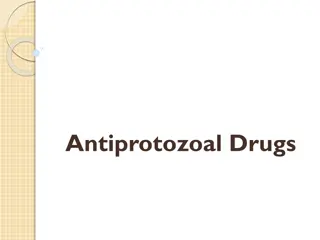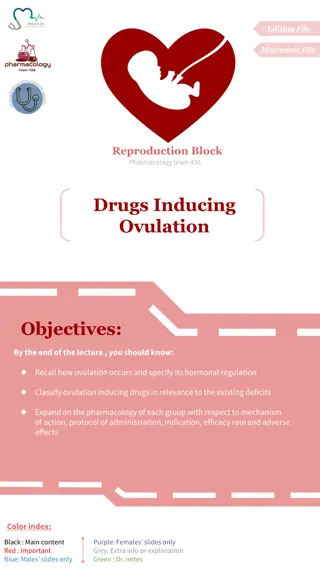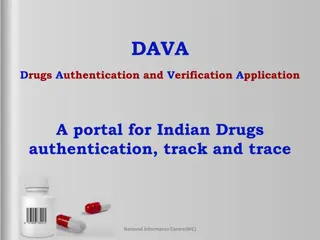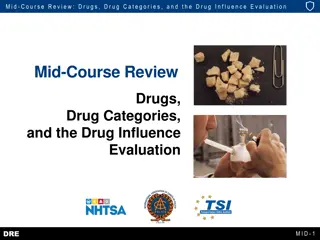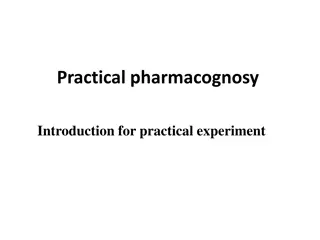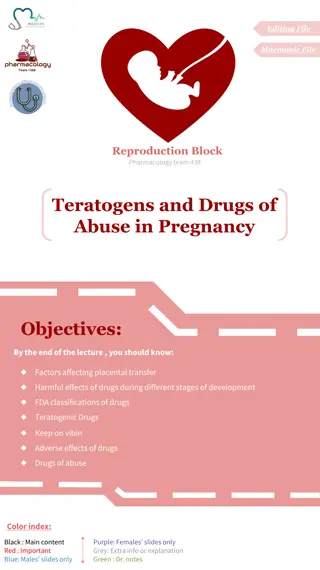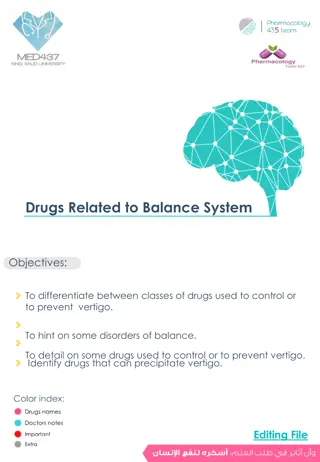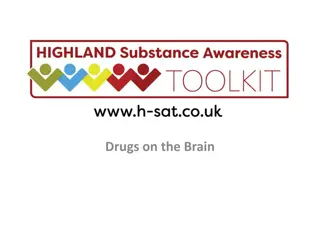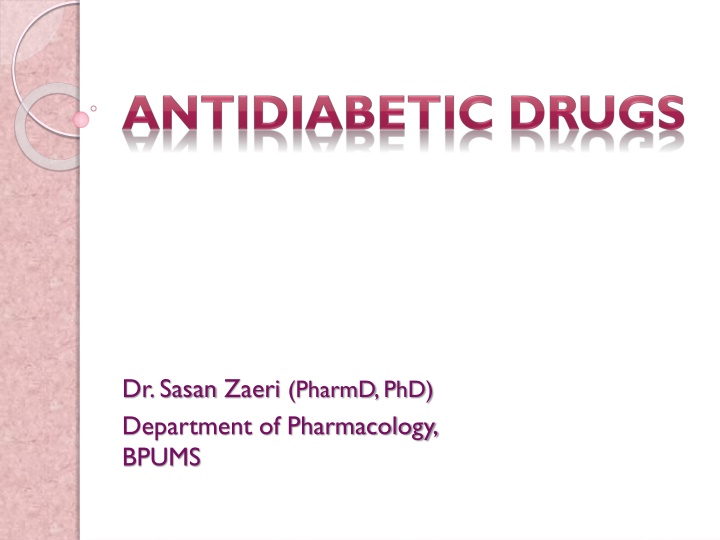
Understanding Diabetes: Types, Treatment, and Management
Explore the world of diabetes, from its common metabolic criteria to the distinctions between Type I and Type II diabetes. Learn about available treatment options such as insulin, sulfonylureas, and other medications, as well as ways to augment insulin supply and action. Discover the role of insulin in the body, including its synthesis and physiological actions. Gain insights into glucose storage and metabolism in the liver, muscle, and adipose tissue. Delve into diabetes emergencies, management during pregnancy, and the different types of insulin available.
Download Presentation

Please find below an Image/Link to download the presentation.
The content on the website is provided AS IS for your information and personal use only. It may not be sold, licensed, or shared on other websites without obtaining consent from the author. If you encounter any issues during the download, it is possible that the publisher has removed the file from their server.
You are allowed to download the files provided on this website for personal or commercial use, subject to the condition that they are used lawfully. All files are the property of their respective owners.
The content on the website is provided AS IS for your information and personal use only. It may not be sold, licensed, or shared on other websites without obtaining consent from the author.
E N D
Presentation Transcript
Dr. Sasan Zaeri (PharmD, PhD) Department of Pharmacology, BPUMS
The most common metabolic disease Chronic hyperglycemia Normal Biochemical criteria Prediabetic Diabetic < 100 mg/dL FBS 100-125 mg/dL >126 mg/dL <140 mg/dL 2-h GTT 140-199 mg/dL >200 mg/dL <5.6% HbA1C 5.7-6.4% >6.5% 2
DM type I An autoimmune disease Onset during childhood Destruction of -cells Treatment with insulin DM type II A progressive disorder Onset in adulthood Insulin resistance + progressive destruction of -cells Early stages controlled with noninsulin antidiabetic drugs Later stages often require addition of insulin to drug regimen 3
Class Insulin Sulfonylurea Available Agents Several forms Glibenclamide (glyburide), Gliclazide, Chlorpropamide Metformin Pioglitazone Acarbose Biguanide Thiazolidinedione -Glucosidase inhibitors
Augment Insulin Supply Enhance Insulin Action Delay Carbohydrate Absorption -Glucosidase inhibitors Insulins Biguanides Sulfonylureas Thiazolidinediones 5
A small peptide hormone produced in the pancreas Synthesis as prohormone proinsulin (86 aa) Cleavage to insulin (51 aa) & C-peptide Proinsulin & C-peptide have no physiologic actions 6
Liver: Storage of glucose as glycogen Protein catabolism Skeletal muscle: Glucose transport into muscle cells Glycogen synthesis and protein synthesis Adipose tissue: Glucose transport into fat cells TG storage Intracellular lipolysis 7
DM I DM II DM emergencies Diabetic pregnant women 8
Different capacity to lower blood glucose. Rapid acting Short acting Intermediate acting Long acting 9
Lispro, aspart, glulisine Onset: <15 min Duration: 3-4 h rapid onsets and early peaks of activity 11
Lispro, aspart, glulisine Indications: control of postprandial glucose (immediately before a meal ) emergency treatment of uncomplicated diabetic ketoacidosis 12
Regular Onset: 0.5-1 h Duration: 4-6 h 13
Regular Indications: emergencies of hyperglycemia (IV) ordinary maintenance regimens (SC) alone or mixed with intermediate preparations 14
Lente, Neutral Protamine Hagedorn (NPH) Onset: 1-4 h Duration : 10-16 h 15
NPH insulin: exhibits a delayed onset and peak of action NPH insulin is often combined with regular and rapid-acting insulins 16
Glargine, Detemir, Ultralente Gradual release pattern from injection site Onset: 4 h Duration: 12-24 h 17
Glargine, Detemir, Ultralente Effects: provide a peakless basal insulin level lasting more than 20 h Indication: control basal glucose levels without producing hypoglycemia 18
Hypoglycemia Insulin induced immunologic complication Injection pain Weight Gain 19
Insulin secretagogues (sulfonylureas) Biguanide (metformin) Thiazolidinediones (pioglitazone) -glucosidase inhibitors (acarbose) Most commonly for TM II treatment 21
Insulin secretagogues MOA: Blockade of ATP-dependent K+ channels (KATP) in -cells of pancreas membrane depolarization release of insulin Effects: Basal and postprandial insulin secretion No effect in patients with non-functional pancreatic cells 24
1st generation: Tolbutamide, Chlorpropamide 2nd generation: Glibenclamide (Glyburide), Glipizide, Glimepiride More potent Used more commonly than the older agents 26
Indication: DM II Dosing: Once or twice daily Side effects: Hypoglycemia Weight gain 27
BIGUANIDES File:Biguanide.svg 28
Metformin MOA: hepatic glucose release gluconeogenesis Enhance peripheral glucose uptake & utilization peripheral tissue sensitivity to insulin Effects: Enhancement of insulin action, decrease weight Depends upon:Presence of insulin Metformin is a euglycemic agent Slower action 29
Indications: DM II Dosing: Two to three times daily Side effects: Nausea appetite & weight loss Lactic acidosis diarrhea 30
MOA: Carbohydrate analogs -glucosidase inhibition within the intestine glucose liberation intestinal glucose absorption (mild) blood glucose Acarbose & Miglitol 32
Effects: Delays carbohydrate absorption Postprandial hyperglycemia No effect on fasting blood sugar and insulin release 33
DM II Prevent DM II in prediabetics Must be taken just before a meal Can be combined with other oral hypoglycemic agents Dosing: Three times daily (with each meal) 34
Flatulence Diarrhea Abdominal pain 35
MOA: stimulation of nuclear receptors important for insulin action peroxisome proliferator-activated receptor-gamma nuclear receptor (PPAR- receptor) target tissue sensitivity to insulin skeletal muscle and adipose tissues Effects: glucose uptake in muscle and adipose tissue both fasting and postprandial hyperglycemia Inhibition of hepatic gluconeogenesis ( hepatic glucose output) Change in lipid metabolism and the distribution of body fat Shift of TG from non-adipose tissues to adipose tissue ( serum TG) 38
Indications: DM II risk of DM II in high-risk patients Dosing: Once daily Side effects: Fluid retention presents as mild anemia and edema risk of MI (Rosiglitazone) 39

